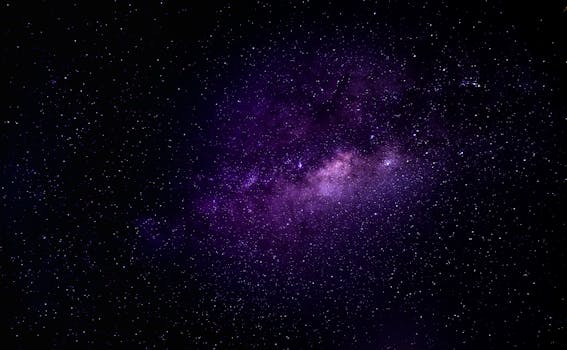
“
Beyond the Milky Way: Imagining New Worlds and Possibilities
Introduction
Beyond the Milky Way: Imagining New Worlds and Possibilities is an exciting topic that has captivated human imagination for centuries. The Milky Way, our home galaxy, is just one of billions in the observable universe, each containing billions of stars and potentially habitable planets. As we explore the cosmos, we begin to realize the vastness of the universe and the endless possibilities that lie beyond our galaxy.
The Milky Way and Its Place in the Universe
The Milky Way is a barred spiral galaxy, approximately 100,000 light-years in diameter, containing hundreds of billions of stars. It is just one of many galaxies in the Local Group, which includes the Andromeda Galaxy and several smaller galaxies. The Local Group is part of the Laniakea Supercluster, a massive network of galaxies stretching over 500 million light-years across.
As we look beyond the Milky Way, we find an astonishing array of galaxies, each with its unique characteristics. Some galaxies are similar to our own, while others are vastly different, with different shapes, sizes, and compositions. The study of these galaxies has led to a greater understanding of the universe and its evolution. For more on this topic, check out Galaxies of Dreams: How Imagination Transcends the Night Sky.
Imagining New Worlds and Possibilities
As we explore the universe, we begin to imagine the possibilities of new worlds and civilizations beyond our galaxy. The discovery of exoplanets, some of which are located in the habitable zones of their respective stars, has sparked hope that we may not be alone in the universe. The possibility of life existing elsewhere in the universe is a tantalizing one, and scientists continue to search for evidence of extraterrestrial life. This idea is further explored in From Stardust to Dreams: Imagining Life Beyond the Stars.
The concept of new worlds and possibilities also raises questions about the potential for human exploration and colonization. As technology advances, we may one day have the capability to travel to other galaxies and establish human settlements. This raises a range of ethical and philosophical questions about our place in the universe and our responsibility to the cosmos. For insights on this subject, see Soaring Through the Cosmos: The Power of Imagination Beyond the Stars.
Takeaways
- The Milky Way is just one of billions of galaxies in the observable universe, each containing billions of stars and potentially habitable planets.
- The study of galaxies has led to a greater understanding of the universe and its evolution.
- The discovery of exoplanets has sparked hope that we may not be alone in the universe.
- The possibility of human exploration and colonization of other galaxies raises a range of ethical and philosophical questions.






